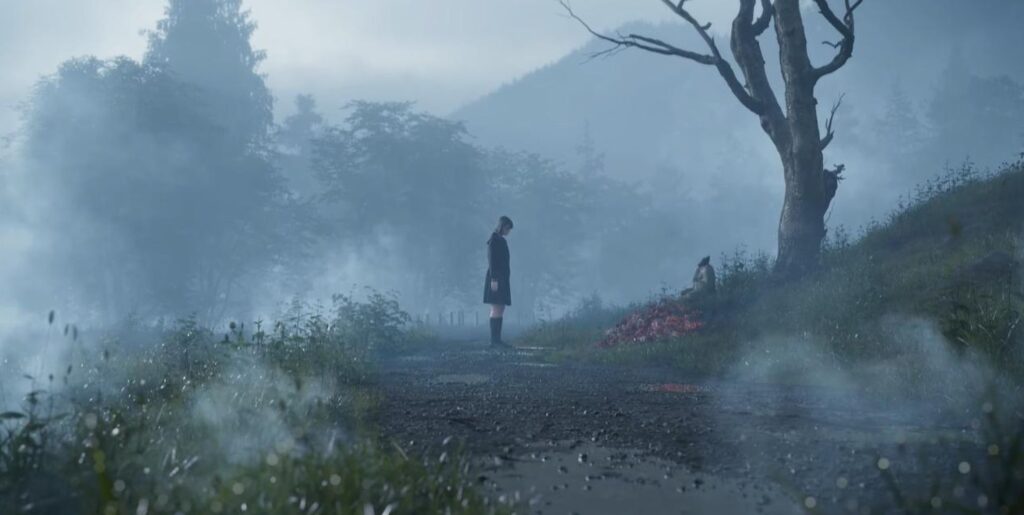
There is an art to crafting an unforgettable horror experience. The creeping dread of long, echoing corridors that seem to watch as strange figures move through them like foreign bodies is the type of atmosphere that every horror game strives to achieve. Silent Hill 2 was a masterclass in the creation of just this sort of experience.
From its atmosphere to its gameplay, Konami and Team Silent designed a game that created a game that was uniquely uncomfortable, sticking in the minds of players for decades. It’s no wonder that a Silent Hill 2 remake looms on the horizon, ready to scare gamers once more twenty years after the release of the original. Even now, the game is still one of the most relevant titles of all time, especially within its genre.
Recapping Silent Hill 2 is akin to recapping the story of Superman at this point in pop culture history. The twists have long since been untwisted and the game’s story has become almost as ubiquitous as the ending of The Sixth Sense. Instead, the interesting spotlight to put on Silent Hill 2 is the legacy it left in its wake. Often considered one of the greatest games of all time, much of that recognition comes from the difficult and taboo subjects the narrative tackles with deft precision. It has consistently ranked at the top of “best of” lists for the last twenty years, which is no small feat.
At its core, Silent Hill 2 is a game about trauma, both internal and external. Every character is in a different phase of processing trauma. What makes them all individually complicated is that the majority of them are also perpetrators of some kind. Either through self-defense (Angela), revenge (Eddie), or more multiple choice (James), each one is in the town of Silent Hill to escape what they’ve done and what has been done to them. The game requires a nuanced reading in order to engage with its content, and it demands engagement.
Silent Hill 2 is a shockingly active “read.” Much like the novels of Dostoevsky, the game demands that the player place themselves in mentally uncomfortable positions to wrap their mind around the goings-on and understand the setting. James is not a prisoner of the town — he is a prisoner of himself after an action that would supposedly give him freedom. So too are the characters who suffer alongside him.
It’s an experience meant to linger in the darkest corners of the mind because the truest horror of Silent Hill 2 is that any one of the characters involved could easily be a person in the real world. The horror in it is not Pyramid Head or the nurses whose bodies reflect James’ own monstrous sexual frustration and shame. The horror is in the fact that there are Angelas and Eddies in the world whose trauma morphs them into their own worst nightmares, unrecognizable to even themselves. James is very much not the hero of this story. He is a victim of himself and has made a victim of others in the process.
There are no heroes in a story like Silent Hill 2 — only people left in the aftermath of existential ruination, dealing with the consequences of actions taken in response to their own anguish. How James specifically comes out the other end lies in every nuanced action of the player from the beginning of the game to the end.
Understanding this could be a big ask of modern gamers, as media literacy has become far less nuanced in the last ten years. It is far harder for people to sit in their discomfort when they tend to live in a world mired in black-and-white understanding. Silent Hill 2 sits very firmly in a world of gray, the shade of which can be influenced by the players themselves.